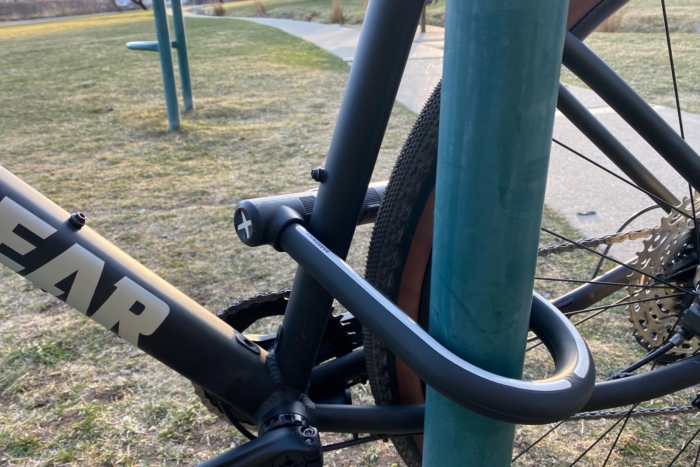You’ve been training for this moment for months: It’s race day. Do you have all of the gear you need for your upcoming triathlon? Be ready with this checklist.
Our triathlon race day checklist isn’t an all-inclusive list of triathlon training essentials. This checklist is intended to help you prep and plan for the day of the race. While some of the gear will overlap with items you’ve been using during training and tapering, that list is likely much longer.
Because each triathlon has its nuances and each person has their personal preferences, you may not need all of the things we list here. However, this is a comprehensive race day checklist that will ensure you have everything you need to succeed during each leg of the triathlon as you swim, bike, and run to the finish.
Download Printable Triathlon Checklist

Transition Bags
One of the most overlooked aspects of race day during a triathlon is transitions. If left unorganized or with minimal thought, transitions from leg to leg can take more time than initially thought.
Transition bags can help provide a smooth transition from swimming to biking and biking to running. If you’re a serious triathlete, invest in specialized triathlon transition bags. If you’re just starting and aren’t sure how you like the sport, a duffel bag or backpack can usually do the trick.
Here are a few things to consider when choosing transition bags:
- Are there multiple compartments? Having multiple pockets designated for specific items of different activities will help keep gear organized and easy to locate.
- Do you have a way to isolate wet swim gear? When transitioning from swimming to biking, you’ll be putting your swim gear back into the transition bag. Opt for a bag with a waterproof section or pack a waterproof bag to keep the remaining gear dry.
- Is it easy to find items in your bag? Triathlon transition bags designed for triathlons usually unzip completely to make everything visible and accessible. If you’re using a duffel or backpack, consider using packing cubes to grab gear in a hurry.
- Is it easy to carry? Although you won’t be carrying your transition bag very long or very far, you’re going to be fatigued from each leg of the race. So save some energy and get a bag that’s easy to carry.
While this isn’t technically a “bag,” you should also consider using a race belt to manage your bib, often required even if you race with a chip. It’s easier to transition from one outfit to another without having to fiddle with pins.
Swim
Certain swimming items like a wetsuit, earplugs, and nose plugs will not always be necessary. Some swimmers don’t like to wear plugs of any kind, and not all triathlons require the use of a wetsuit.
Be sure you have a swimsuit, swim cap, and goggles. Although it may seem trivial, having a new pair of goggles for race day can be an advantage. They won’t have any scratches or scuffs, and they will reduce more glare if they’re brand new. And don’t forget to use some anti-fog goggle solution!
When gearing up for your swim, don’t forget to apply your Body Glide. Body Glide will come into play during all legs of the race, but you’ll apply them to different locations on your body. For the swim, apply to your neck to prevent wetsuit chafing and to your feet and ankles to make suit removal easier.
Coming out of the water, have a towel and some sandals waiting so you’re prepared for the transition to biking.
Bike
Of all the legs of the race, the bike portion will have the longest gear checklist. This is because you’ll not only need clothing and hydration gear, but you also need bike tools on hand in case of a thrown chain or leaky tire. We never expect our bikes to misbehave, especially if we’ve tuned them up that very day, but anything can happen. So, it is best to bring tools and know how to use them.
Your bike, bike shoes, and a helmet should all be on the top of your list of things to remember on race day. Even with a triathlon race day checklist on hand, people have forgotten their bikes on the day of the race. So be sure to triple-check the checklist and that you have everything packed and in or on your vehicle before heading to the race that morning.









